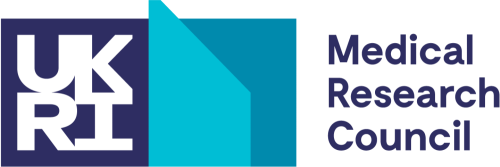Dr Laura Mantoan Ritter (Deputy Lead), King’s College London
Professor Deb Pal, King’s College London
Dr Charlotte Tye, King’s College London
Dr Frances Elmslie, St George’s University of London
Sylvine Lalnunhlimi (Project Manager), King’s College London
What is the mTOR pathway and why is it important?
The mTOR pathway is a set of molecules in our cells that sense a wide range of inputs and regulate key processes, such as cell growth and metabolism. In most people the mTOR pathway keeps us healthy, but in rare cases genetic mutations cause the pathway to go into overdrive and cause disease.
mTOR pathway hyperactivity causes a group 14 of rare diseases. mTOR pathway disease patients suffer from a range of symptoms, from benign tumours in multiple organs, to brain malformations causing epilepsy, which can start in infancy. The most common mTOR pathway disease, tuberous sclerosis complex (TSC), can cause epilepsy, autism and learning difficulties from birth. PIK3CA-related overgrowth spectrum (PROS) and Smith-Kingsmore syndrome also cause neurological problems in children and adults. By contrast Peutz-Jeghers syndrome (PJS) causes tumours in the intestine, while lymphangioleiomyomatosis (LAM) causes cysts in the lungs and problems with breathing in adults.
Why does this area need to be addressed?
mTOR pathway diseases share a common cause and so patients with different diseases can potentially be treated using the same drugs. For example, there is a drug that is used to treat TSC patients that is not used in other mTOR pathway diseases. These patients are unable to access a treatment that could improve their symptoms and the lives of their carers.
The wide range of symptoms in mTOR pathway diseases means patients are seen by different, dis-connected, medical specialities and clinics. This makes doing drug trials very difficult because the numbers of patients with each individual mTOR pathway disease is very small.
The mTOR Pathway Diseases node will unite rare individual mTOR pathway diseases as a single group. We will bring together clinicians, researchers, charities, industry and not-for-profit organisations to improve the diagnosis, treatment and clinical outcomes for mTOR pathway disease patients.
Our patient organisation partners:
The Tuberous Sclerosis Association


© 2023 Copyright Rare Disease Research UK